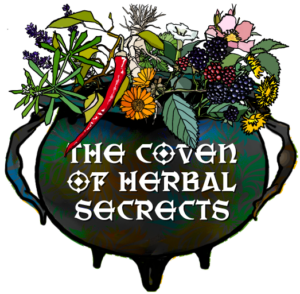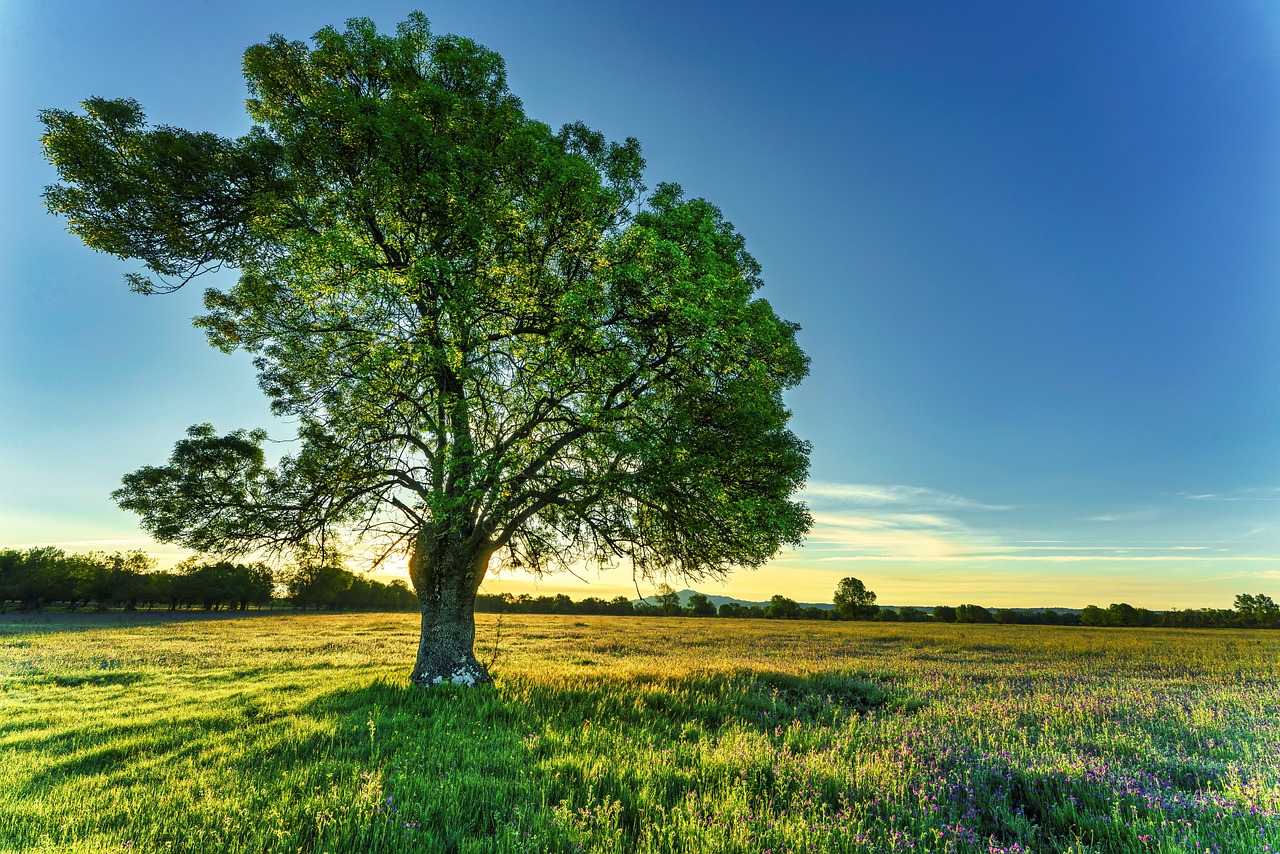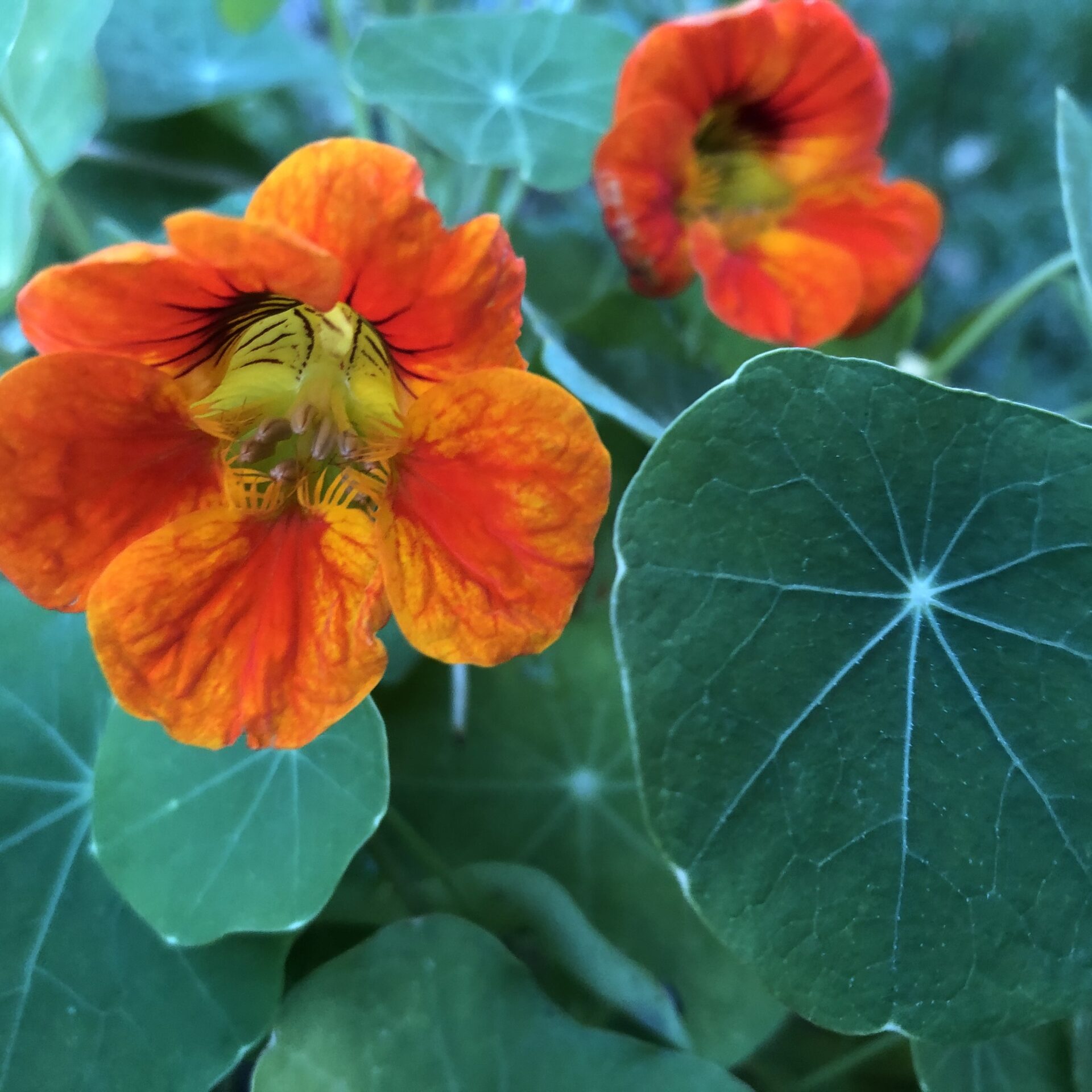Herbal Actions
When you open a book about herbs, you will see various categories or ways to talk about herbal medicine – plants are often talked about in terms of their botany, chemistry and folklore. One term you will come across is the herbs’ ‘actions’. This term refers to the specific effects or properties that herbs exert on the body when ingested or applied topically. That is to say, herbal blood cleaners aka alteratives.
Each plant possesses distinct actions, and herbalists often categorise them based on their primary effects. Sometimes, you will see crossovers and similarities within plant families, as constituents can be inherent throughout a particular family, such as, the rose family being high in tannins, thus generally having an astringent action.
The action we are looking at in this article is ‘alterative’.
What are Herbal Alteratives?
The term “alterative” originates from the Latin word “alterare,” meaning “to change” or “to alter.” In the context of herbal medicine, an alterative refers to herbs that gradually restore the body’s proper physiological processes, bringing balance and promoting overall health and vitality.
These alterations are aimed at improving metabolic functions, enhancing detoxification pathways, and supporting the body’s natural healing mechanisms. The concept of alteratives is deeply rooted in ancient medical traditions, including Ayurveda, Traditional Chinese Medicine, and Western Herbalism, where practitioners have long recognised the importance of gently influencing the body’s systems to promote wellness.
 Although the precise mechanisms of action of these herbs remain somewhat elusive within the realm of pharmacology, their medicinal value is undeniable. Essentially, alteratives influence the body’s metabolic processes, aiding tissues in various functions, such as nutrition and waste elimination. Many herbs classified as alteratives enhance the body’s natural detoxification processes through organs like the kidneys, liver, lungs, or skin, while others may promote digestion, be considered immunomodulators or possess antimicrobial properties. By recalibrating the body’s functions, alteratives work to bring about a state of health, ameliorating signs of systemic imbalance.
Although the precise mechanisms of action of these herbs remain somewhat elusive within the realm of pharmacology, their medicinal value is undeniable. Essentially, alteratives influence the body’s metabolic processes, aiding tissues in various functions, such as nutrition and waste elimination. Many herbs classified as alteratives enhance the body’s natural detoxification processes through organs like the kidneys, liver, lungs, or skin, while others may promote digestion, be considered immunomodulators or possess antimicrobial properties. By recalibrating the body’s functions, alteratives work to bring about a state of health, ameliorating signs of systemic imbalance.
Thus, we can revitalise our bodies with the alterative herbs. From the kidneys to the skin, alteratives target our organs of elimination, these powerhouse remedies work wonders by flushing out toxins, reviving sluggish systems, and promoting proper organ function.
The Alterative Herbs
Numerous herbs exhibit alterative properties, often serving as secondary or tertiary actions alongside their primary effects. For instance, remedies known for their diuretic or hepatic properties can also function as alteratives. These herbs can be safely incorporated into treatment protocols for a wide array of conditions, particularly in cases of chronic inflammatory or degenerative diseases.
Each bodily system harbours plants that align with its specific needs, and alteratives display a particular affinity for various systems, including the circulatory, respiratory, digestive, urinary, reproductive, musculoskeletal, nervous, and integumentary systems. Conditions such as skin ailments, arthritis, and autoimmune disorders often witness notable improvements with the use of alterative herbs.
3 Alterative Herbs
1. Taraxacum officinale (Dandelion)
The leaf has a specific affinity for the kidneys as a diuretic alterative, and the root for the liver as a hepatic alterative.
Dandelion, our friendly tenacious yellow headed garden weed whom we revere for an important role in promoting liver health and facilitating blood purification. By stimulating bile production, the root aids in the elimination of toxins from the liver. Abundant in vitamins A, C, and K, along with minerals like iron and calcium, dandelion leaves contribute to overall blood health.
 With volumetric diuretic properties, dandelion supports liver and kidney detoxification by fostering bile flow, thanks to bioactive compounds, such as taraxasterol and chlorogenic acid.
With volumetric diuretic properties, dandelion supports liver and kidney detoxification by fostering bile flow, thanks to bioactive compounds, such as taraxasterol and chlorogenic acid.
Dandelion leaves boast a plethora of vitamins and minerals essential for overall well-being. Additionally, dandelion root aids digestion and may possess anti-inflammatory properties. Its detoxifying prowess has been recognised for centuries, supporting liver and kidney health by acting as a natural diuretic, increasing urine production, and facilitating waste elimination.
Rich in antioxidants, dandelion root counters harmful free radicals, offering further detoxification benefits. We like to make dandelion root coffee as a substitute when giving up caffeine on a detox, and dandelion leaf mixes super well with nettle, red clover and calendula for a lush detox tea.
Nature is very intelligent, and she provides many of our most useful and hardworking herbs for us wherever we are in the world – some call them annoying invasive weeds – we call them friends. Dandelion grows all over the world in so many differing habitats…and what the world needs is a serious detox from all the pollutants…thank you Dandelion!
2. Arctium lappa (Burdock)
Liver and gallbladder – hepatic alterative, kidneys – diuretic alterative, blood and extracellular fluids – lymphatic alterative
Burdock is famous – think dandelion and burdock cordial. This deep tap root is brilliant for detoxification and historically used in blood purification – spring cleanses. Rich in active compounds, like inulin and phenolic acids, the common weed boasts potent antioxidant and anti-inflammatory properties and is significant in promoting digestive and gut health through its prebiotic virtues.
 Studies have shown the herb’s efficacy in bolstering liver function and aiding in the elimination of toxins from the body. Utilised in both traditional Chinese and Ayurvedic medicine for cleansing attributes, whereby burdock root facilitates detoxification by promoting optimal liver and kidney performance. It’s abundant antioxidants combat harmful free radicals, contributing to a healthier bloodstream. As Burdock is such an exceptional multipurpose alterative, it is able potententise the alterative actions of other herbs you may choose to partner it with.
Studies have shown the herb’s efficacy in bolstering liver function and aiding in the elimination of toxins from the body. Utilised in both traditional Chinese and Ayurvedic medicine for cleansing attributes, whereby burdock root facilitates detoxification by promoting optimal liver and kidney performance. It’s abundant antioxidants combat harmful free radicals, contributing to a healthier bloodstream. As Burdock is such an exceptional multipurpose alterative, it is able potententise the alterative actions of other herbs you may choose to partner it with.
Burdock is the number one herb we think of when people suffer with boils – this one really helps to shift deep seated toxins from the body. We use small dosages and always-in combination with other lymphatic herbs like calendula, red clover or cleavers. Someone once described it as the toxins burdock extract needs a helping hand once mobilised, to exit the body; this is what the accompanying lymphatic herbs can provide.
3. Galium aparine (Cleavers)
Blood and extracellular fluids – lymphatic alterative
Cleavers, commonly referred to as “bedstraw,” has been a staple in traditional medicine for its remarkable blood-purifying and diuretic attributes. This herb aids the lymphatic system in efficiently ridding the body of toxins. Whether enjoyed as a nourishing tea or cold infused water or applied topically through poultices or compresses, cleavers is valued for an ability to promote skin health while contributing to the body’s overall detoxification efforts.
 This herb looks a little like a bottlebrush, long and thin with whirls of leaves encircling the square stem. We picture a bottlebrush sliding through the lymphatic system, drawing and clearing out toxins on its way, giving the immune system a good scrubbing. The lymphatic system runs through the body as part of the circulatory system alongside the blood vessels. The lymphatic vessels carry a clear fluid called lymph (from Latin lympha meaning water), containing white blood cells.
This herb looks a little like a bottlebrush, long and thin with whirls of leaves encircling the square stem. We picture a bottlebrush sliding through the lymphatic system, drawing and clearing out toxins on its way, giving the immune system a good scrubbing. The lymphatic system runs through the body as part of the circulatory system alongside the blood vessels. The lymphatic vessels carry a clear fluid called lymph (from Latin lympha meaning water), containing white blood cells.
In herbalism, ‘lymphatic’ is the primary action or virtue of Cleavers. The herb works on the immune fluid of the lymphatic system to help detoxify and drain unwanted debris therefore cleaver are very useful in swollen glands or tonsillitis. This common climbing weed is also helpful, where immunity is reduced, to help stimulate the flow and productivity of the lymph, making the herb overall cooling to the body. A great medicine prescribed to bring down fevers ‘antipyretic’ and to treat burns. Under the domain of the moon this Lunar herb has the ability to balance waters in the body like the Moon herself balancing the waters of the Earth. Cleavers supports the system if there is any retention of fluids in the tissues.
We harvest lots of Cleavers to juice because the herb has a far better action fresh than dried. A juicer is a great way to get all the goodness out of your harvest. The fresh juice of plants is very much like the juice of our cells. Drinking juice of fresh greens is like drinking the nectar of rejuvenation. The essential elements that may be lacking in the body’s cells, particularly the live enzymes, bioactive vitamins and minerals, are easily assimilated through fresh green juices. Cleavers are at their optimum for a relatively short period in the Spring before the plant flowers.
Don’t stop reading yet…!
If you want to know the more about Herbal Alteratives, why not join our Coven? You’ll soon have access to our best resources while increasing your confidence and knowledge about the magic of herbs and master the art of herbal remedy creation, spells and rites, plus step by step guides to getting to know your plants better.
Our article on Herbal Alteratives will cover the topics above more in-depth, and you’ll find out more about:
- Urtica dioica (Stinging Nettle)
- Rumex crispus (Yellow Dock)
- Trifolium pratense (Red Clover)




